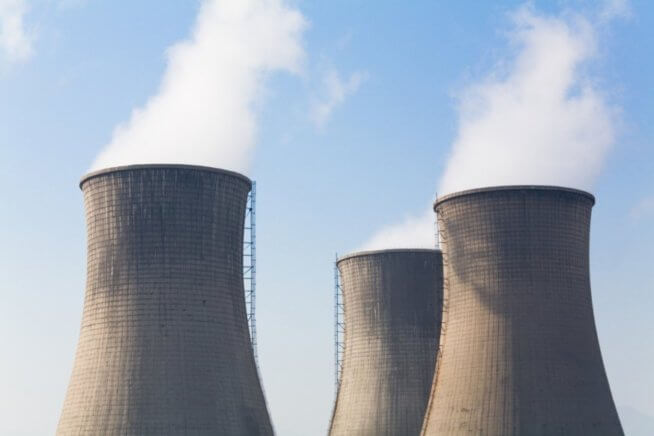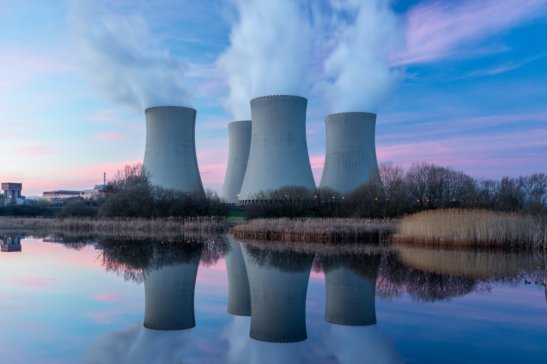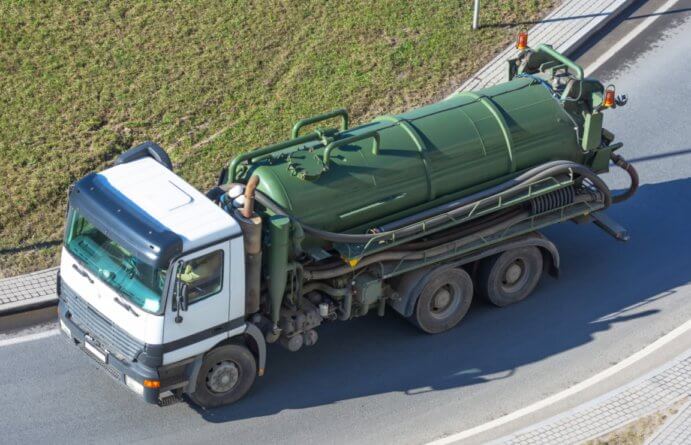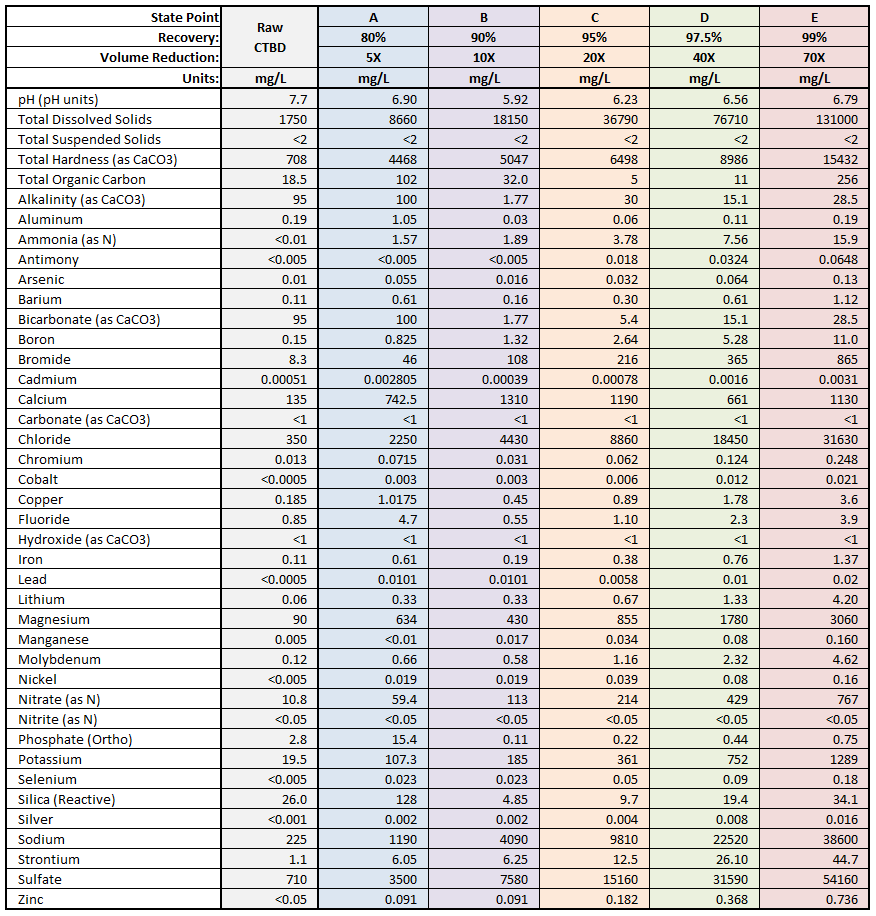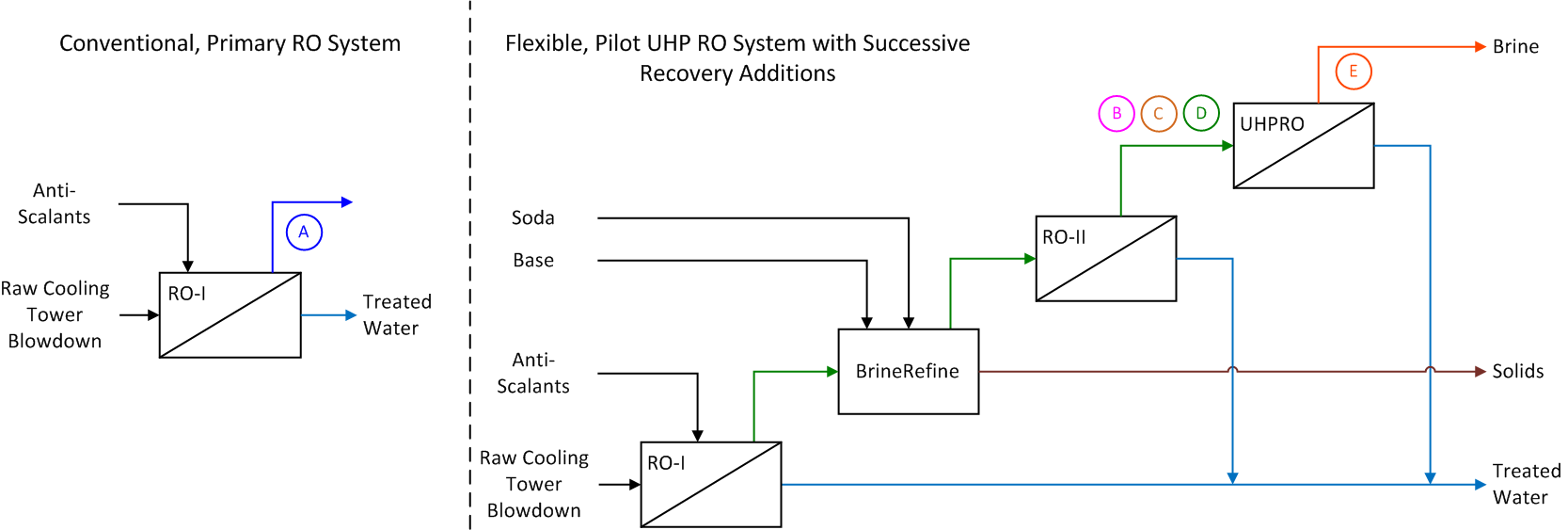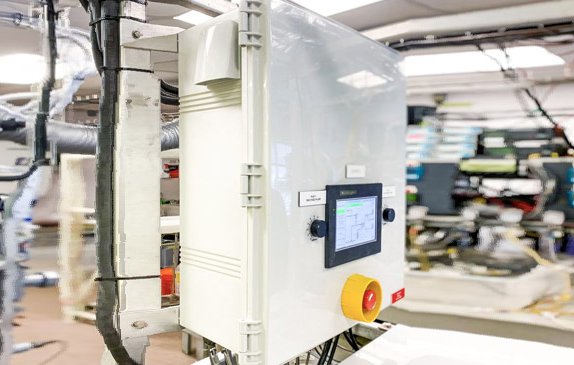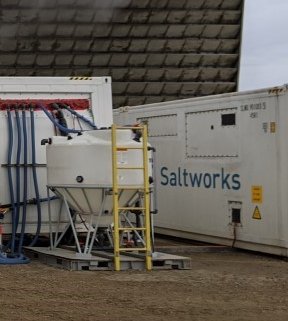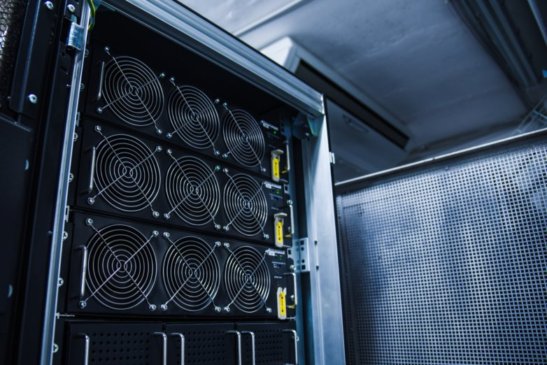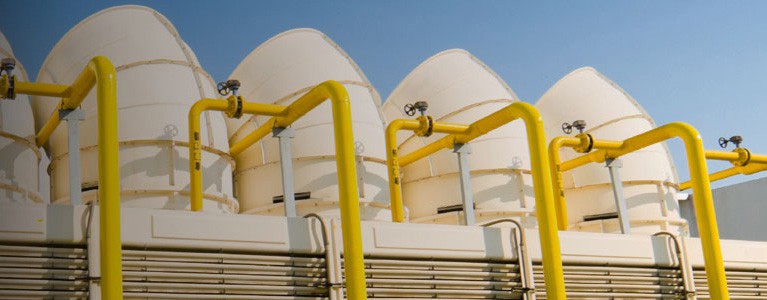
Cooling Tower Blowdown
Saltworks can solve your cooling tower blowdown challenges. We can add novel sensors and controls to your cooling tower to minimize water consumption and blowdown production. We can treat blowdown for re-use at your cost-optimized freshwater recovery or achieve zero liquid discharge.
